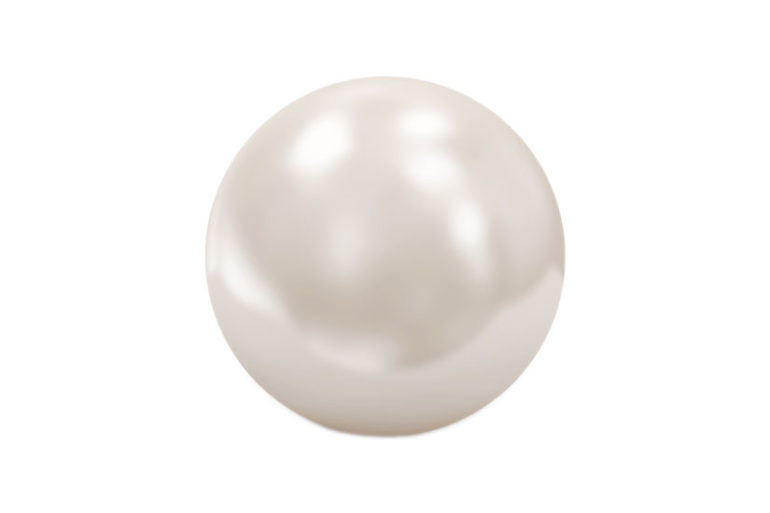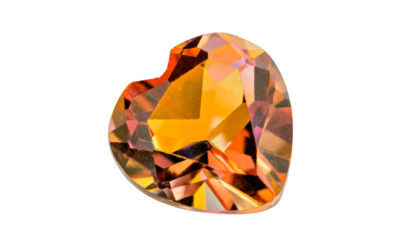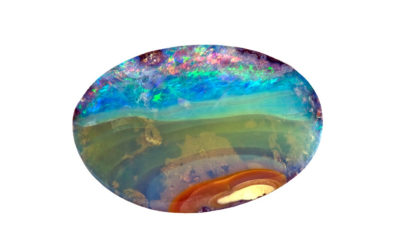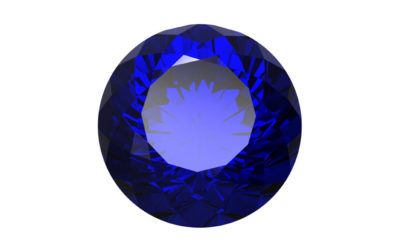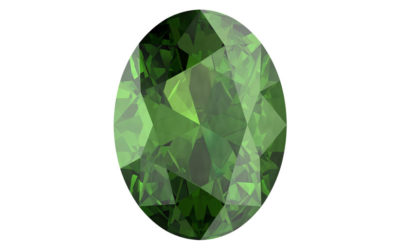For the month of June, the birthstone count is quite unique and quite high. With three different gems to represent it, it’s not only fascinating but it means that there’s quite a bit of history buried in its little treasure trove.
From the magnanimous pearl to the alluring moonstone, and finally, to the newer alexandrite, let’s take a look at how these three gems have become the representations for the first month of summer.
Each of these gemstones has its own unique story and symbolism. The pearl is arguably the most popular of the three followed by the moonstone. But, we shouldn’t sleep on the alexandrite because although it may be the newest to the trio, it’s gaining more and more attention.
Where are pearls, moonstones, and alexandrite found?
Each of the three gemstones is found in different parts of the world. Pearls are found mainly in the seas of French Polynesia, the Philippines, Australia, Japan, and China. Moonstones can be found in large quantities in Brazil, the United States, and India. As for alexandrite, it is mainly found in the mountainous regions of Russia though it’s also been spotted in Brazil.
What colors are pearls, moonstones, and alexandrite?
A pearl’s color mostly depends on the outer shell color of the mollusk it comes from. Moonstones contain albite and orthoclase, which are stacked in layers that alternate between the two. This creates an interesting adularescence giving it one of the most unique looks.
A deep dive into the pearl
It’s hard to argue against the popularity and uniqueness of the pearl. This gem is harvested from the bivalve oyster and mollusk. They also come from clams that have been spotted in both rivers and oceans.
What does a pearl stand for?
The gem has come to mean different things to different parts of the world. It shows just how popular and sacred the gem is to more than just one specific culture. The symbolism is normally associated with water. Given the fact that it comes from an animal that’s part of the ocean, we can see why there would be a strong correlation between them.
A symbolism that may not first to come to mind, however, would be the gem being a moon. With its shiny metallic white surface, it does (romantically speaking) look like a moon. This may be why ancient Chinese culture considered the gem to bring wisdom to its owner.
Yet by modern standards, we consider it to represent love, integrity, and purity. Some pearl enthusiasts believe this stems from Ancient Greek culture. They were believed to have been tears from the goddess Aphrodite and hardened in droplets of joy. She herself represents beauty and love.
What’s the history behind the pearl?
Since the dawn of early civilization, pearls have been revered for their beauty. It was worn by royalty in both the ancient Egyptian and Roman empires. Because the gem was rare, it had high value. It, therefore, was a sign of prestige in the social hierarchy. While the symbolism has diminished by current standards, it is still a very prized item. And some are still quite expensive!
The history of natural and cultured pearls
Pearls remained naturally occurring for centuries. Human hands didn’t have much of a, well, hand in deciding how or where they were created. It was risky, back in the day, for divers to go deep into the ocean and grab mollusks. Additionally, many of them didn’t even have pearls! It’s this rarity that keeps their prices quite high even today. The naturally created versions of the gem are now known as a “vintage” item – something sought after as a relic of the past. This type of pearls isn’t as common anymore.
Things changed forever when Kokichi Mikimoto created the first farmed, cultured pearl in 1893. This new version, commonly known as a cultured pearl, doesn’t look too different from a natural pearl. If anything, they were more revered than natural pearls by some because they had the round shape to them that we all know and love (Legacy).
The creation of this new version had a drastic effect on sales of the gem. The price lowered because they were more accessible to the public and therefore, accessible to more people. This new pearl was also good news for the mollusk population. Because of the desire for the gem, they were nearly wiped out from their wild habitat. They were harvested by the hundreds, if not thousands! Now, almost all of these gems on the market are of the cultured variety.
How is a pearl created?
At first, when hearing that the gem is made from an animal, it could sound quite strange. In a sense, it happens by accident. A small particle gets trapped inside a mollusk. It becomes an irritant and the mollusk begins to create a coating around it called nacre. Little by little, the coating gets bigger. Made of aragonite, the secreted coating has a nice luster. Coat after coat, it begins to form. A full pearl can take up to four years to create.
The creation of a cultured pearl is similar in many ways. The difference is that the irritant is purposely inserted into the mollusk. This makes it so that the occurrence isn’t random and natural. The process is done by technicians in “pearl farms.”
The luster, color, and shapes of pearls
The gem, while known for coming in a milky white color, also comes in a nice variety of tones. They come in golden tones, pink, and even black! We know pearls as being perfect little circles, but they also come in different shapes. They come in teardrop-shaped, semi-baroque, and baroque shapes. The latter two are quite rare and are sought after by those who want one out of the ordinary. Possession depends on how much one is willing to pay as well as one’s personality trait—a traditionalist or an individualist.
The luster of the gem is what makes heads turn. It’s one of its defining characteristics. The luster reflects the light in just the perfect way so that when held up toward the sun, it appears glowing. It seems like it’s absorbing the energy into itself and is transmitting that energy into your fingertips.
There are several types of pearls
We know of four different types of the gem – the freshwater pearl, south sea pearl, Tahitian pearl, and the Akoya pearl. Each of these different types has various qualities to them. They are found in different areas, and they’re also different in value and size (What Are The Different Types).
Freshwater pearls
These gems are located in the rivers and the lakes of China. They’re also the most popular type of the gem. They’re cheaper than the others too. Just don’t assume that since they’re cheap they’re of low quality. Their quality has only become better thanks to improvements created in cultivating the gem. They come in shades of cream, lavender, pink, and white.
Akoya pearls
These gems are known for being one of the first cultivated pearls. Once, in Japan, they have become nationally known and cherished. They have a nice circular shape and the highest luster among their counterparts. A necklace that’s been made with a string of these pearls is the iconic and classic look we all know and love.
Tahitian pearls
You’d assume that because of their name they come from Tahiti. They don’t. You’ll find them in the French Polynesian area along the coast of the islands that make up the area. They’re a rare breed of the gem mainly because of their alluring colors. Coming in black, they are also available in deep purple, silvery blue and mid-level green.
South Sea pearl
For this gem, it breaks down into two variations, the golden and the white. You’re bound to come across the golden variety when you’re in the Philippines. The white version is found on the coast of Australia. What makes this version of the gem unique is its size. Bigger than the other types, they’re bound to catch an eye or two.
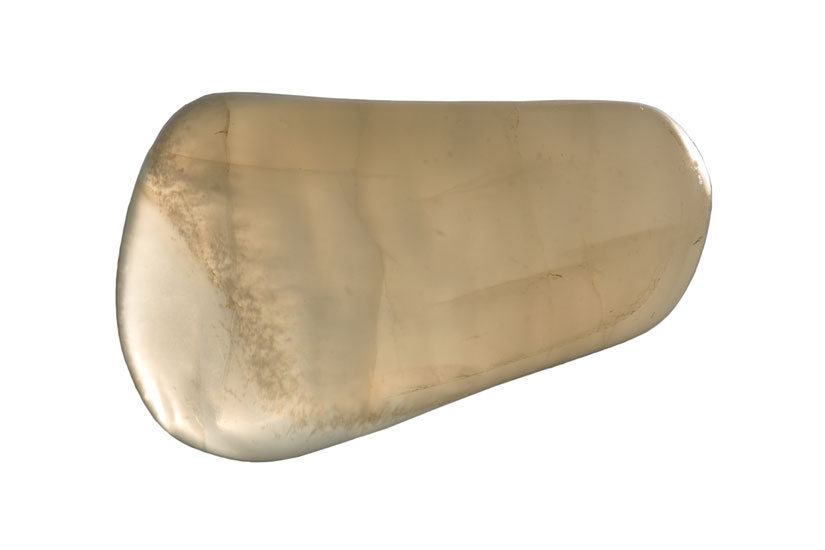
Moonstone, the other birthstone for June
The luminous moonstone
While the pearl is the most popular gemstone for the month of June, we’d be hard-pressed to ignore the moonstone. It may not be on center stage with the pearl but it is just as stunning.
What is the history of the moonstone?
The gem is from the feldspar mineral family. For those of you who don’t know, this mineral type is what makes up our earth’s crust. This means that you can find the gem in many, many different places – Armenia, India, Brazil, and the United States.
The gem has a history of being placed around people’s necks, clothes, and generally their bodies for centuries. The gemstone was a part of Hindu, Greek, and even Roman culture. They hit their peak popularity during the Art Nouveau era, which was between 1890 and 1910. They were used in a wide variety of jewelry during that time.
What is “adularescence” and what does it have to do with moonstones?
Moonstones have a unique quality to them in the form of adularescence. It’s also called Schiller. When light hits the gem, the internal part of it makes the light scatter within. It looks as if the clouds in the sky are being lit up by moonlight. This is where the gem gets its name. In ancient times, it was believed to have harnessed the beams from the moon above (What is Adularescence?).
What is the meaning behind the moonstone?
It’s hard not to look at the “moonbeams” inside the gem and not feel a sense of serenity come over you. It’s reminiscent of looking up at the sky when it’s almost clear and dark and all the stars are out. A batch of clouds move by and it catches your breath. From a historical perspective, the gem was used as a talisman for the spirit and soul.
Constantly associated with feminine energy, the gem is said to bring the wearer inner peace, serenity, and return the body to equilibrium. Because it looks the way it is named, it’s a very unforgettable gem.
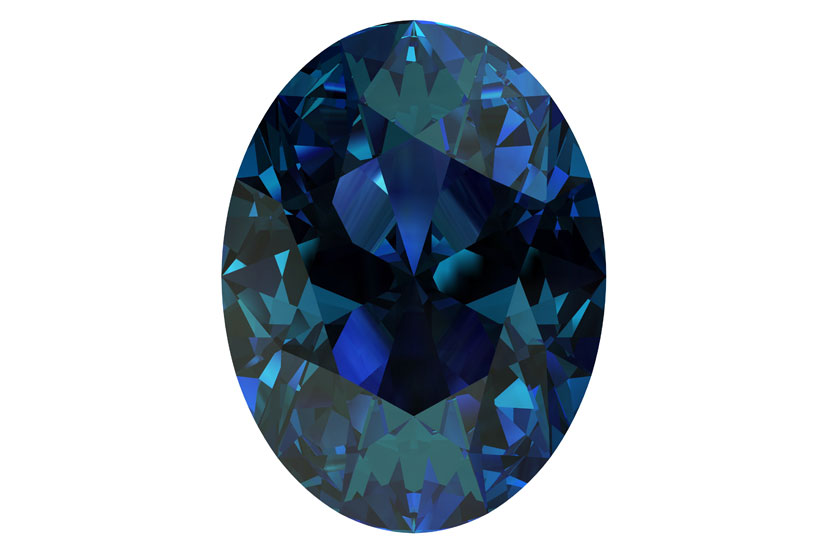
Alexandrite, another birthstone for June
The discovery of alexandrite
It is because of Finnish mineralogist Nils Gustaf Nordenskiöld that we have a third gem for the month of June. Discovered in 1830, he initially thought the gem was actually an emerald. The big difference though was that it was harder than an emerald. It also stored light differently than an emerald (Alexandrite Gemstone).
He originally named the gem “diaphanite.” It was located in Russia’s Ural Mountains. At the time, it was believed to have been the only place to find it. Russia had a strong hold on it and the Russian royalty came in and renamed it Alexandrite, after Tsar Alexander II.
Alexandrite changed June forever
The new kid on the block was added in 1952. Its establishment made Russia the main and only source to extract it. Problem is, that once people found out about it, the locations were excavated until they were merely depleted. Things changed thirty years later when more deposits were found in Brazil, Burma, and India. It is still pretty rare, and therefore, one of the costliest gemstones in the world.
The shapeshifting gem
The June gem has a cool ability to change colors. It does so, depending on which source of light you’re looking at it from. This has been come to be known as the “Alexandrite Effect.” The spectrum of colors changes depending on the time of day. In daylight, you can see them shift from yellow-blue-green tints. When it’s put under an incandescent light, the color becomes pink and can grow into a fiery red, like a sunset from the west.
Science tells us that the color change happens because of the gemstone’s unique way of absorbing specific light wavelengths and reflecting others. The chromium inside it is responsible for that. Yellows and greens are absorbed into the stone, resulting in the yellows, blues, and greens. But, when put under man-made light, it reflects red rays.
What’s the meaning behind alexandrite?
Unlike its sister gems, this gem doesn’t have a long, ancient history connected to it. Because of this, there isn’t as much lore that comes with it. That hasn’t kept people from giving the stone meaning though. For some people, it’s a symbol of imagination and creativity, merely because it is a birthstone. It is also considered a symbol of optimism and hope. It reminds us of the way in which bringing light to one another comes in different spectrums of feelings and thoughts. Yet, no matter how different, it’s all beautiful.
—
The gemstones of June are some of our world’s most enticing jewels. Each of them creates a special connection with people born under the summer sun. The stones transcend the physical realm and touch June babies on a symbolic level. They should consider themselves lucky for having not only three gems but three distinct gems. They get to choose which one they want to represent themselves with.
References
GIA. “Alexandrite Gemstone | Natural Alexandrite Stone – GIA” GIA.edu, www.gia.edu/alexandrite (accessed October 20, 2018)
Mikimoto. “Legacy | Mikimoto America” MikimotoAmerica.com, www.mikimotoamerica.com/legacy (accessed October 20, 2018)
Gem Rock Auctions. “What Are The Different Types Of Pearls [Pictures] | Gem Rock Auctions” GemRockAuctions.com, www.gemrockauctions.com/learn/a-z-of-gemstones/different-types-of-pearls (accessed October 20, 2018)
Geology In. “What is Adularescence?” GeologyIn.com, www.geologyin.com/2017/01/what-is-adularescence.html?m=1 (accessed October 20, 2018)

